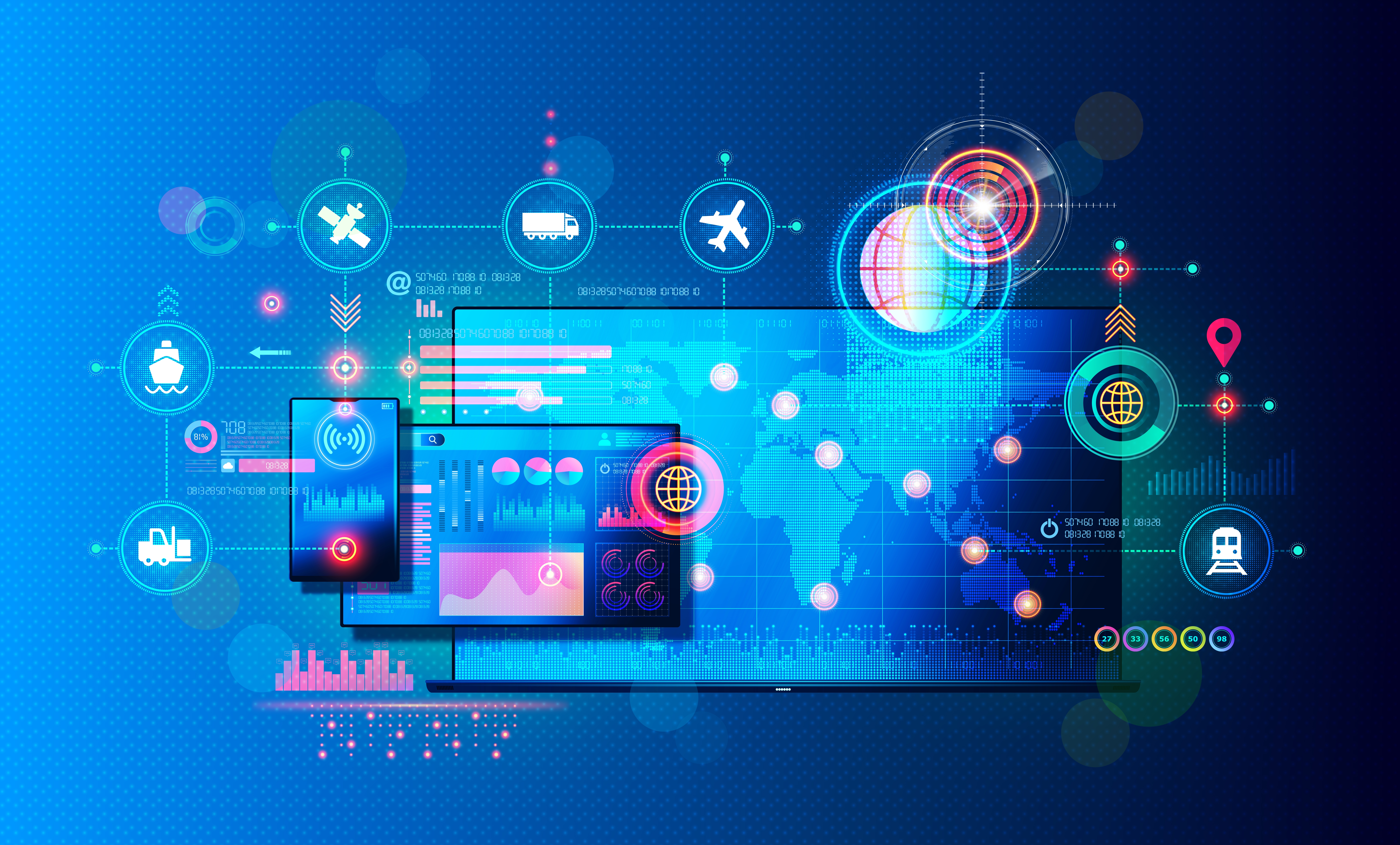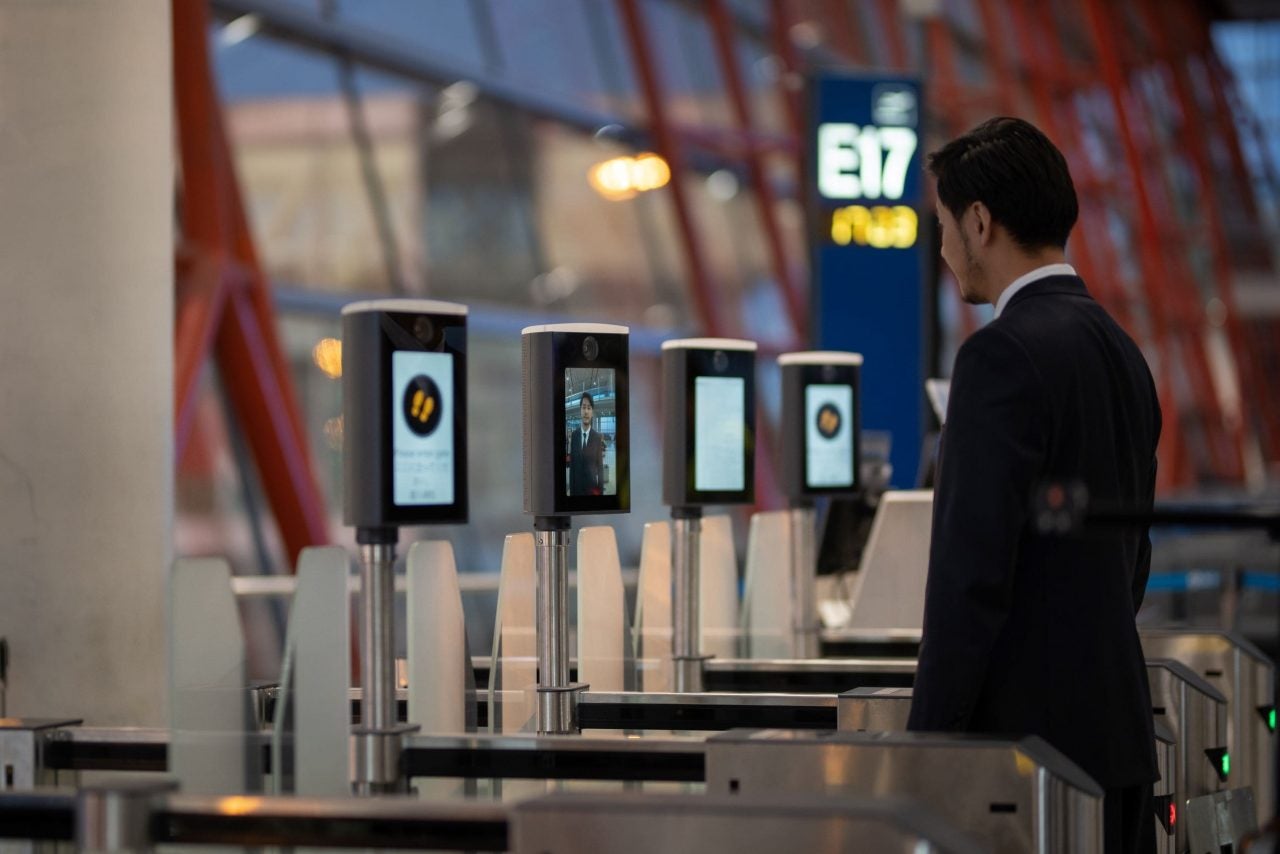Innovative Customs Tech Detects Illicit Trade 2023

Innovative Customs Tech Detects Illicit Trade 2023
Customs agencies play a crucial role in safeguarding a nation’s economic interests, public health, and national security by monitoring and regulating the flow of goods across borders.
In recent years, the rise of illicit trade activities, including smuggling, counterfeiting, and tax evasion, has posed significant challenges for customs authorities worldwide. To combat these illicit trade activities effectively, customs agencies are increasingly turning to cutting-edge technology and innovative solutions.
![]()
In today’s interconnected world, international trade has reached unprecedented levels, bringing about an array of economic benefits. However, this upsurge has also given rise to illicit trade activities, such as smuggling, trafficking, and counterfeit goods production. Consequently, customs authorities worldwide are continuously seeking innovative ways to counter these illegal activities.
One significant avenue of improvement lies in the integration of cutting-edge technologies. Here’s a closer look at some of the latest technological advancements that customs agencies are deploying to detect and prevent illicit trade.
These devices, like X-ray scanners, enable customs officials to view the contents of containers without physically opening them. Modern NII devices can differentiate between organic and inorganic materials, making it easier to spot concealed contraband.
This provides customs officers with a three-dimensional view of cargo contents. It allows for the detection of anomalies in shipment volumes or unusual hiding places that might be overlooked in traditional 2D imaging. Machine learning algorithms can identify patterns in shipping routes, times, or sender/recipient details that might be indicative of illegal activities.
By analyzing past incidents and current trends, AI can forecast potential smuggling routes or high-risk shipments, enabling authorities to be one step ahead of criminals.
:max_bytes(150000):strip_icc()/TAL-header-tsa-credential-authentication-technology-machine-TSAFACE0523-1e499902b2ae4175b08d1f2eaf6d8d41.jpg)
Every product can be traced back to its origin, ensuring its authenticity and verifying its legal movement across borders. These self-executing contracts can automate parts of the customs process, reducing the likelihood of manual errors or illicit tampering.
Modern passport control systems can quickly match an individual’s biometric data (like facial features or fingerprints) against a global database of known criminals or traffickers.
Cameras equipped with facial recognition can scan crowds at border crossings or ports, instantly flagging any matches with wanted individuals.
These containers come equipped with sensors that can detect unauthorized access or changes in environmental conditions (like temperature or pressure) that might indicate tampering.
Advanced GPS and RFID tags can track the exact location and movement history of shipments, helping authorities monitor and intercept suspicious activities.
Unmanned aerial vehicles (UAVs) or drones can provide an eye in the sky, offering a broad view of border areas or ports.
Especially useful in areas where physical patrolling is challenging or dangerous.
Many drones come equipped with thermal imaging capabilities, making it easier to detect human smuggling activities at night.

Illicit trade encompasses a wide range of illegal activities, including smuggling of contraband, counterfeit goods, tax evasion, and more. The consequences of illicit trade are far-reaching and can affect economies, public health, and national security. The World Customs Organization (WCO) estimates that global trade in counterfeit and pirated goods alone was worth nearly $509 billion in 2016, equivalent to 3.3% of world trade. This figure demonstrates the scale of the problem customs agencies face in detecting and preventing illicit trade.
To tackle illicit trade effectively, customs agencies are harnessing cutting-edge technology and innovative solutions. The following are some of the key technologies being used:
- Artificial Intelligence (AI) and Machine Learning:
Customs agencies are deploying AI and machine learning algorithms to analyze vast amounts of data quickly and accurately. These algorithms can detect anomalies, patterns, and trends that may indicate illicit trade activities. For example, AI can identify discrepancies in import and export documentation, helping customs authorities pinpoint potential smuggling attempts.
- Blockchain Technology:
Blockchain technology is being used to create secure, tamper-proof ledgers of all transactions and movements of goods. This transparency helps customs agencies verify the authenticity of products, trace the origin of goods, and reduce the risk of counterfeit products entering the market.
- Advanced Scanning and Imaging Systems:
High-tech scanning and imaging systems, such as X-ray scanners and gamma-ray detectors, provide customs officers with detailed images of cargo containers and vehicles. These systems enable officers to identify hidden or suspicious items within shipments, including drugs, weapons, and contraband.
- Drones and Unmanned Aerial Vehicles (UAVs):
Drones equipped with sensors and cameras are increasingly used for surveillance and monitoring at border crossings. They provide real-time aerial views of suspicious activities and help customs agencies respond swiftly to potential threats.
- Smart Containers and Tracking Devices:
Customs agencies are using smart containers and tracking devices that provide real-time information on the location, condition, and contents of shipments. This technology allows for better inventory management, reduces the risk of theft or diversion, and enhances supply chain security.
- Data Analytics and Predictive Modeling:
Customs agencies are building sophisticated data analytics platforms to identify patterns and trends in trade data. Predictive modeling helps anticipate potential smuggling routes and illicit trade activities, allowing customs authorities to allocate resources more effectively.
- Mobile Apps and Portals:
Customs agencies are developing user-friendly mobile apps and online portals for traders and travelers to submit required documentation and declarations digitally. This not only streamlines customs procedures but also reduces the risk of fraudulent submissions.

The adoption of cutting-edge technology by customs agencies offers several benefits:
- Improved Accuracy: Advanced technology reduces the margin of error in customs operations, leading to more accurate assessments and detections of illicit trade activities.
- Enhanced Efficiency: Automated processes and real-time data analysis speed up customs clearance, reducing congestion at border crossings and ports.
- Greater Transparency: Blockchain technology enhances transparency and trust in the supply chain by creating an immutable record of transactions.
- Enhanced Security: Surveillance drones and smart containers help monitor shipments, making it harder for criminals to exploit vulnerabilities in the supply chain.
- Cost Savings: Efficient customs operations reduce administrative costs and resource wastage, ultimately benefiting both governments and legitimate traders.

While the use of cutting-edge technology in customs operations is highly promising, it comes with its own set of challenges and considerations:
- Privacy Concerns: Collecting and analyzing vast amounts of data raise privacy concerns, necessitating robust data protection measures and compliance with privacy regulations.
- Infrastructure and Training: The adoption of advanced technology requires significant investment in infrastructure and training for customs personnel.
- Cybersecurity Risks: As customs agencies become more digitally connected, they must also be vigilant against cyber threats that could compromise their systems and data.
- International Cooperation: Illicit trade often crosses borders, making international cooperation crucial. Customs agencies must coordinate efforts and share intelligence to combat transnational criminal organizations effectively.

Customs agencies are at the forefront of the battle against illicit trade, and they are increasingly turning to cutting-edge technology to gain the upper hand. From AI and blockchain to advanced scanning systems and drones, these technologies are revolutionizing customs operations, making them more efficient and effective.
As technology continues to evolve, customs agencies will likely find even more innovative ways to detect and combat illicit trade, ultimately safeguarding their nations’ interests and security in an ever-changing global trade landscape.
The integration of cutting-edge technology in customs operations is not merely a matter of convenience or efficiency; it’s a critical component in the global fight against illicit trade.
As smuggling methods become more sophisticated, so too must the tools used to detect and prevent these activities. By embracing and investing in these technologies, customs agencies worldwide are ensuring the safety, security, and integrity of global trade.




